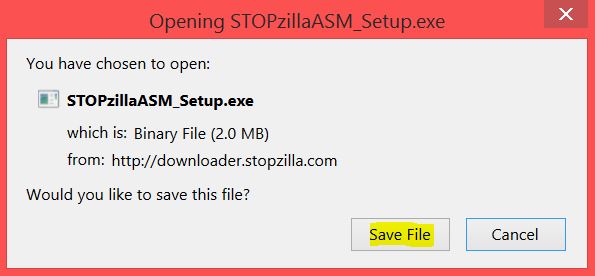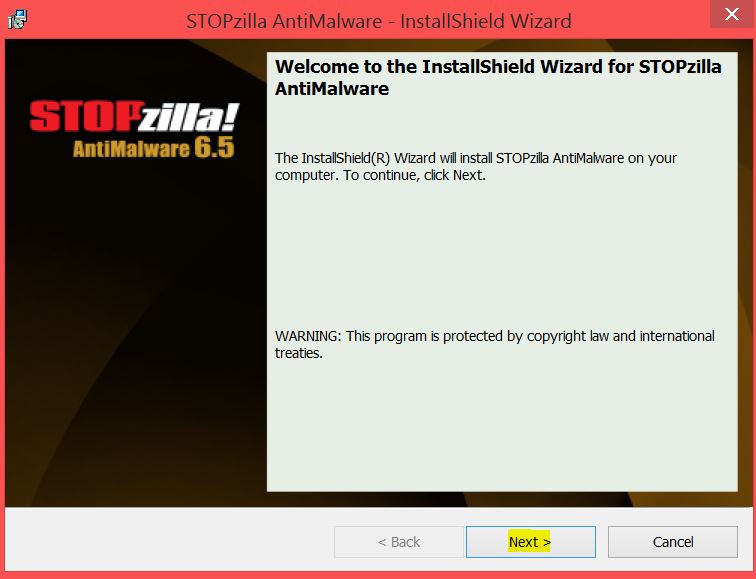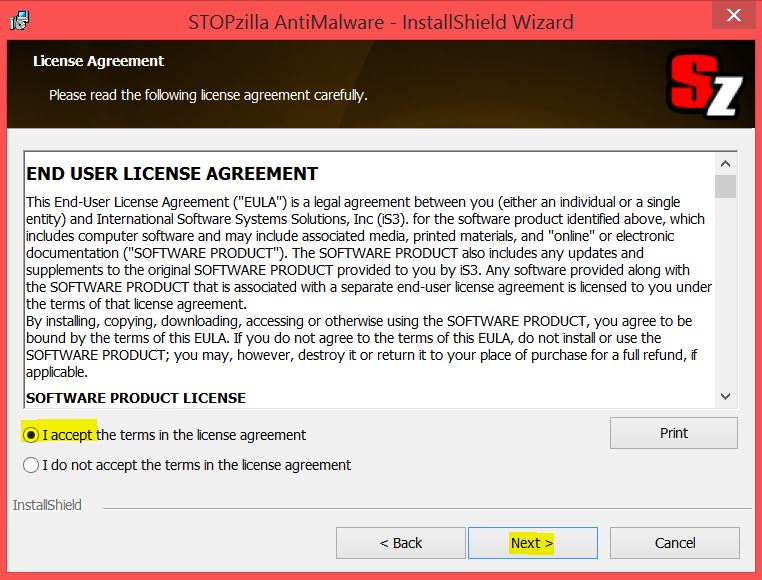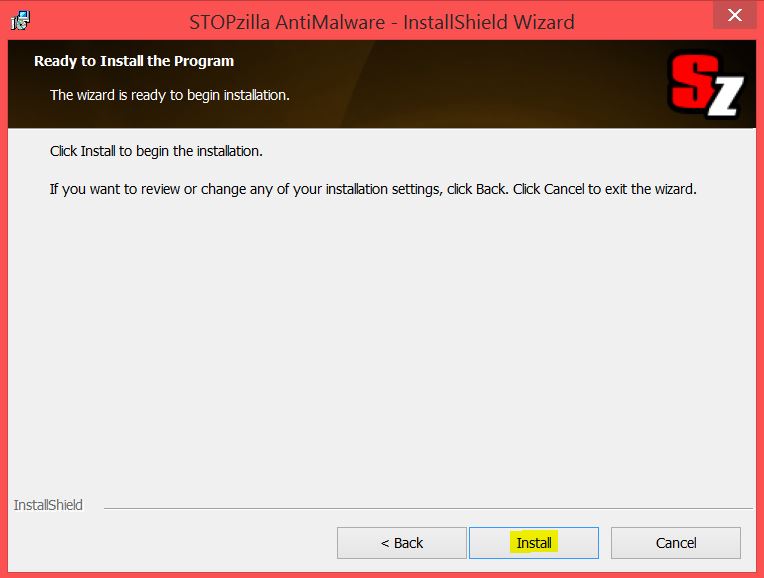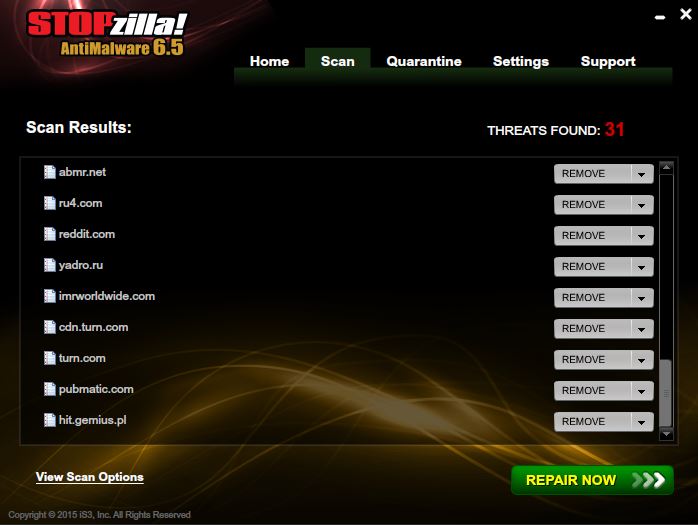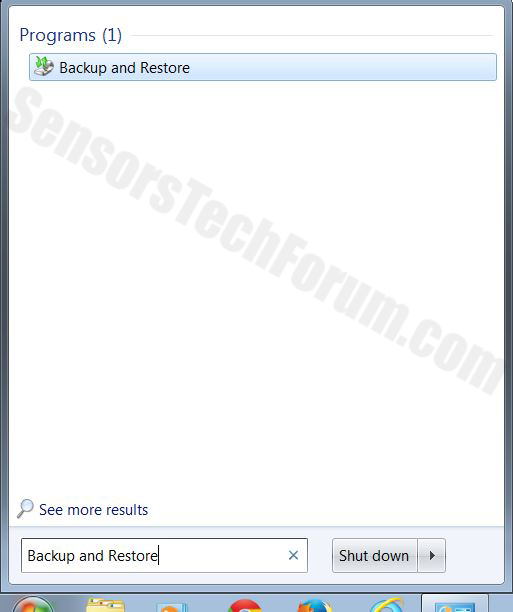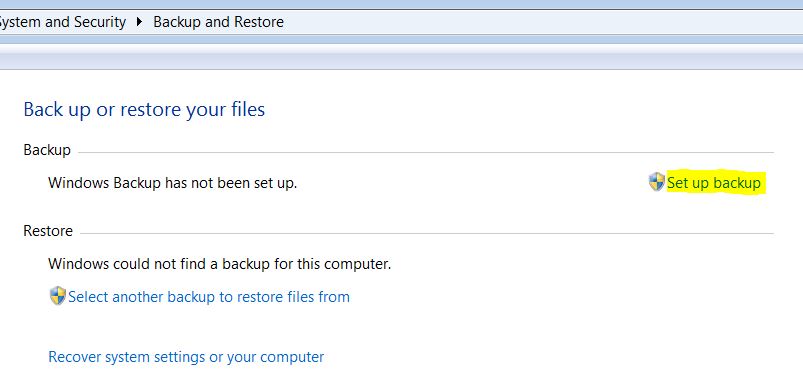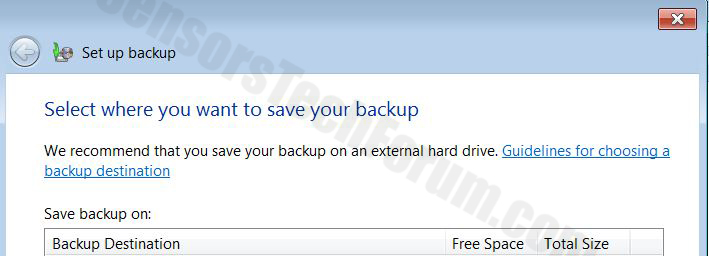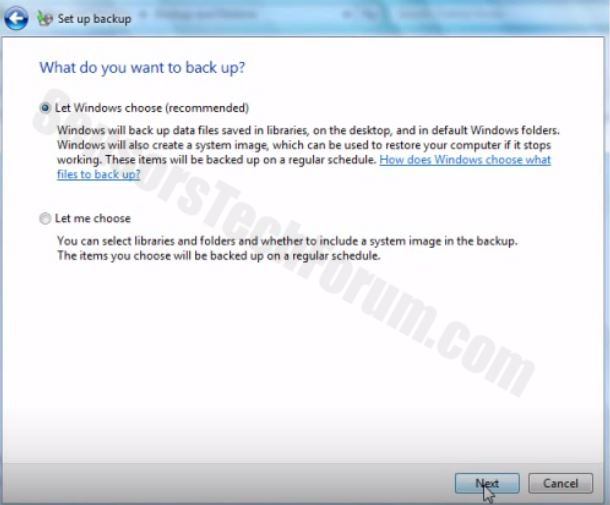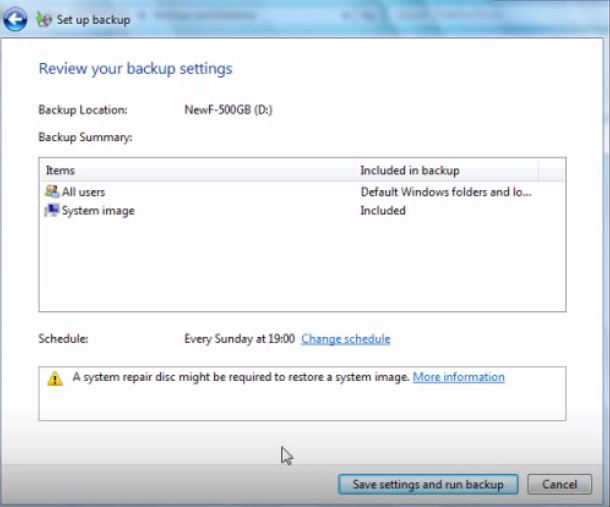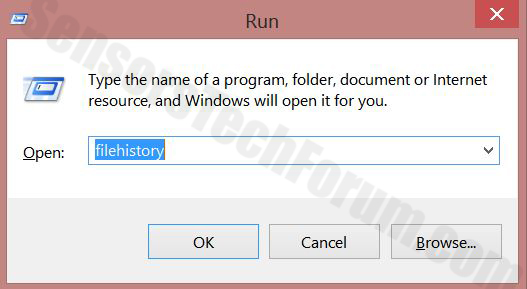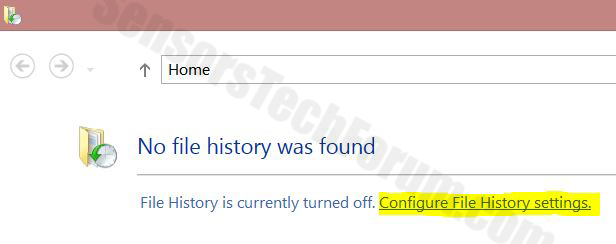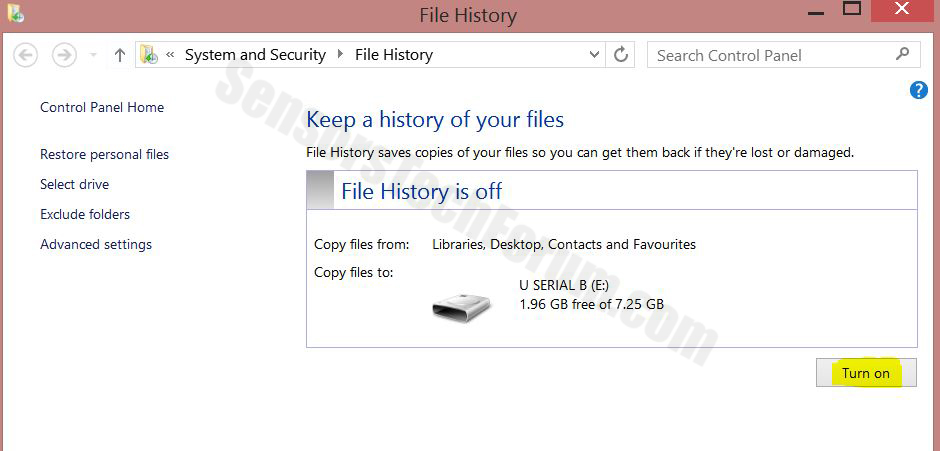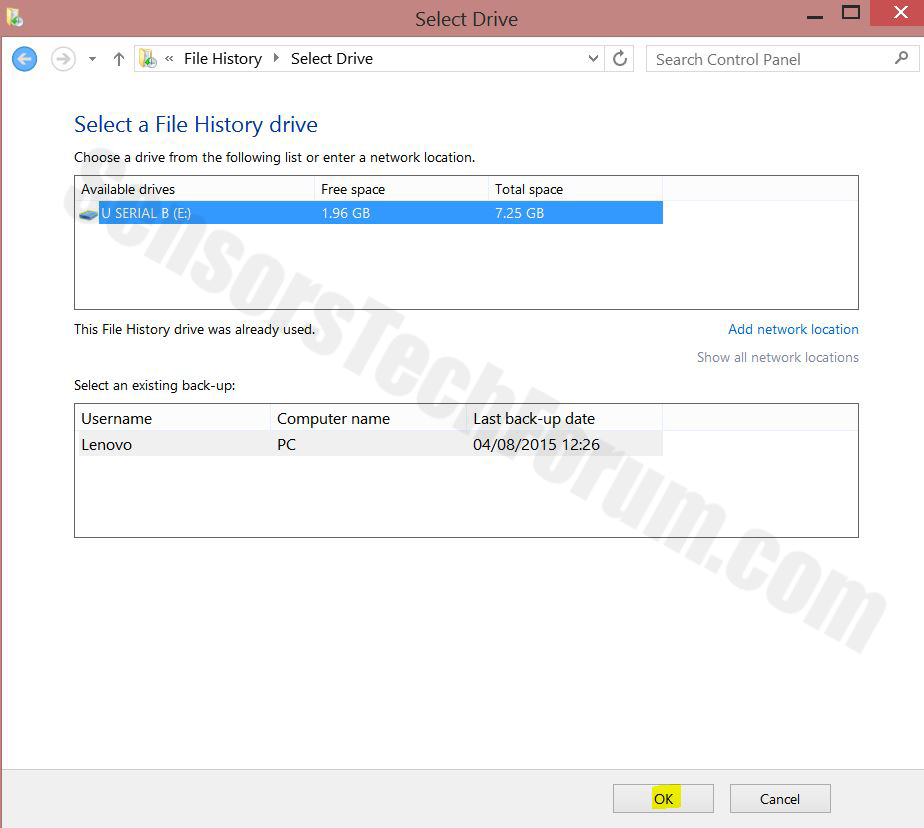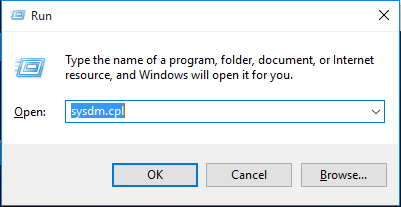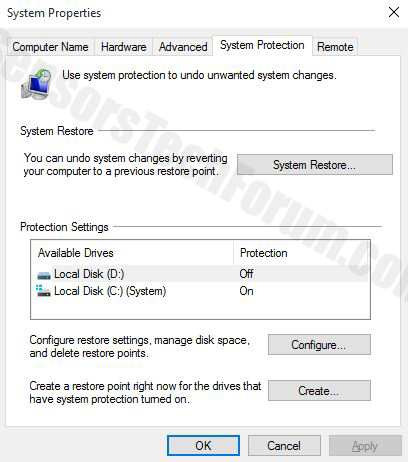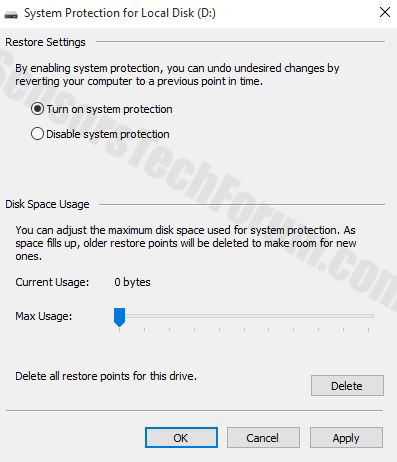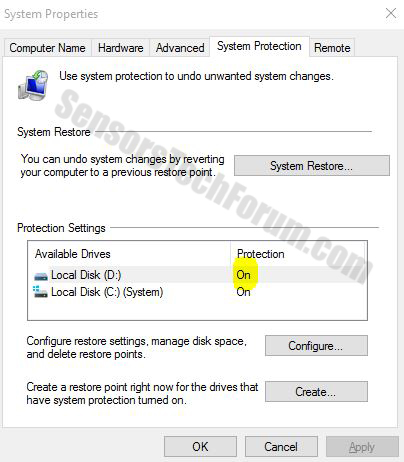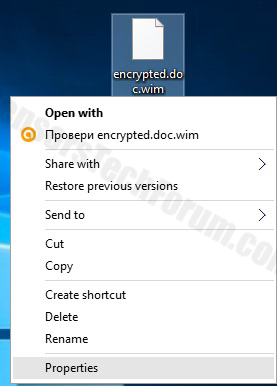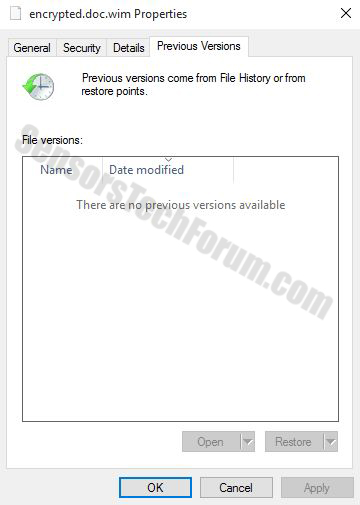A new trojan has surfaced, named Infostealer.Predet by Symantec researchers. The trojan modifies registry entries, logs keystrokes directly steals all types of important information from user PCs and even spreads to removable drives. But most importantly the trojan masks itself as WindowsUpdate.exe executable so that it runs on system start up. Users should be extremely careful since this is a very popular gaming malware that also steals Steam and Minecraft credentials as well as email passwords and is also reported to spread via games.
| Name | Infostealer.Predet |
| Type | Gaming Trojan/Infostealer |
| Short Description | The trojan’s payload carrying executable resembles Windows Update. |
| Symptoms | The user may witness the symptoms outlined in the description in this article plus may see some other unexplained activities on the computer. |
| Distribution Method | Via Steam and Spam mail. |
| Detection Tool | Download Malware Removal Tool, to See If Your System Has Been Affected by malware |
| User Experience | Join our forum to discuss Gaming Malware. |
WindowsUpdate.exe Gaming Trojan – How Did I Get It?
One way that this trojan may use to distribute itself is by utilising spam bots on gaming engines such as Steam which is widely used by PC games. The trojan is distributed mainly in Windows 7, Windows Xp and Vista computers.
Steam users may witness unfamiliar users adding them and promising them free game giveaways, as a part of a Black Friday or Christmas promotions. The message may feature a web link to the ‘giveaway’ which is actually the malicious link inserting the payload of the trojan.
Another way this trojan may use is via spam or spoof mails pretending to be from a website the user is registered in. Usually cybercriminals tend to collect user information via cookies or using other methods before actually infecting the computer itself.
Windows Update.exe Gaming Trojan – What Does It Do?
Symantec researchers report that once the trojan has been executed it modifies the following object:
→%System%\drivers\etc\hosts
It then creates a registry entry for the process WindowsUpdate.exe which is it`s payload to run every time the computer starts up. The registry key and its value is:
→“HKEY_CURRENT_USER\Software\Microsoft\Windows\CurrentVersion\Run\Windows Update = “%AppData%\WindowsUpdate.exe”
This trojan then could try to run as Administrator on the computer.
Once done that, it starts deleting files:
→%AppData%:
WindowsUpdate.exe
pid.txt
pidloc.txt
.minecraft\lastlogin
Roaming\jagex_cache\reg\
Roaming\jagex_cache\regPin\PCNAME Pin.jpeg
%Temp%:
SysInfo.txt
PCNAME\_wallet.dat
wallet.dat
screens\screenshotDIGIT.jpeg
EBFile.exe
BFile
External Removable Drive:
\autorun.inf
\Sys.exe
The trojan also has the ability to terminate processes and clear user data. It also can interact with Steam and delete key steam files that may cause the user to log out.
This cyber threat may also delete or stop key system processes and services.
→Command interpreter
System configuration
Windows Task Manager
Windows Registry Editor
This infostealer then begins to gather info about the infected system:
→Computer name;CPU name;Server name;OS platform;OS version;.NET version;Predator version;Predator services status: keylogger, clipboard-logger, report frequency, stealers;Local date and time;Installed language;Installed AVs;Installed;Firewalls;Internal and External IPs
After doing so, the questionable cyber threat is reported to directly steal vital user information from the computer:
→Bitcoin wallet.dat;Email credentials;Browser credentials;Downloader credentials;Internet Downloader ;Manager credentials;Minecraft credentials;Steam credentials;PIN screenshots from RuneScape and EpicBot video games.
Also, symantec report that this trojan has the ability to perform other related tasks to its sole purpose which is to steal data:
→Display fake error messages;Log all keystrokes;Download and execute files;Visit websites;Delete cookies from IE and Firefox browsers;Block certain websites;Spread to removable drives
Since the severity of this threat it is highly advisable to take special precautions when some of the symptoms outlined above are seen and to immediately change all of the passwords on your accounts from a safe PC.
Removing WindowsUpdate.exe Gaming Trojan Completely
In order to remove this nasty threat it is important to isolate it first. You can do this by entering in safe mode without networking and scanning your computer with malware removing tool like shown in the step-by-step tutorial below. However the best method of isolating the threat is to boot your computer in a live operating system and then unlock and scan the file-systems with it, however it is a more tech-savvy solution, because you need to select the right OS that has file-unlocking features.
Here is a tutorial on how to boot into a live OS to scan your PC:
And here is a more automatic solution via booting in safe mode to remove the WindowsUpdate.exe Trojan:
Preparation before removing Infostealer.Predet.
Before starting the actual removal process, we recommend that you do the following preparation steps.
- Make sure you have these instructions always open and in front of your eyes.
- Do a backup of all of your files, even if they could be damaged. You should back up your data with a cloud backup solution and insure your files against any type of loss, even from the most severe threats.
- Be patient as this could take a while.
- Scan for Malware
- Fix Registries
- Remove Virus Files
Step 1: Scan for Infostealer.Predet with SpyHunter Anti-Malware Tool



Step 2: Clean any registries, created by Infostealer.Predet on your computer.
The usually targeted registries of Windows machines are the following:
- HKEY_LOCAL_MACHINE\Software\Microsoft\Windows\CurrentVersion\Run
- HKEY_CURRENT_USER\Software\Microsoft\Windows\CurrentVersion\Run
- HKEY_LOCAL_MACHINE\Software\Microsoft\Windows\CurrentVersion\RunOnce
- HKEY_CURRENT_USER\Software\Microsoft\Windows\CurrentVersion\RunOnce
You can access them by opening the Windows registry editor and deleting any values, created by Infostealer.Predet there. This can happen by following the steps underneath:


 Tip: To find a virus-created value, you can right-click on it and click "Modify" to see which file it is set to run. If this is the virus file location, remove the value.
Tip: To find a virus-created value, you can right-click on it and click "Modify" to see which file it is set to run. If this is the virus file location, remove the value.Step 3: Find virus files created by Infostealer.Predet on your PC.
1.For Windows 8, 8.1 and 10.
For Newer Windows Operating Systems
1: On your keyboard press + R and write explorer.exe in the Run text box and then click on the Ok button.

2: Click on your PC from the quick access bar. This is usually an icon with a monitor and its name is either “My Computer”, “My PC” or “This PC” or whatever you have named it.

3: Navigate to the search box in the top-right of your PC's screen and type “fileextension:” and after which type the file extension. If you are looking for malicious executables, an example may be "fileextension:exe". After doing that, leave a space and type the file name you believe the malware has created. Here is how it may appear if your file has been found:

N.B. We recommend to wait for the green loading bar in the navigation box to fill up in case the PC is looking for the file and hasn't found it yet.
2.For Windows XP, Vista, and 7.
For Older Windows Operating Systems
In older Windows OS's the conventional approach should be the effective one:
1: Click on the Start Menu icon (usually on your bottom-left) and then choose the Search preference.

2: After the search window appears, choose More Advanced Options from the search assistant box. Another way is by clicking on All Files and Folders.

3: After that type the name of the file you are looking for and click on the Search button. This might take some time after which results will appear. If you have found the malicious file, you may copy or open its location by right-clicking on it.
Now you should be able to discover any file on Windows as long as it is on your hard drive and is not concealed via special software.
Infostealer.Predet FAQ
What Does Infostealer.Predet Trojan Do?
The Infostealer.Predet Trojan is a malicious computer program designed to disrupt, damage, or gain unauthorized access to a computer system. It can be used to steal sensitive data, gain control over a system, or launch other malicious activities.
Can Trojans Steal Passwords?
Yes, Trojans, like Infostealer.Predet, can steal passwords. These malicious programs are designed to gain access to a user's computer, spy on victims and steal sensitive information such as banking details and passwords.
Can Infostealer.Predet Trojan Hide Itself?
Yes, it can. A Trojan can use various techniques to mask itself, including rootkits, encryption, and obfuscation, to hide from security scanners and evade detection.
Can a Trojan be Removed by Factory Reset?
Yes, a Trojan can be removed by factory resetting your device. This is because it will restore the device to its original state, eliminating any malicious software that may have been installed. Bear in mind that there are more sophisticated Trojans that leave backdoors and reinfect even after a factory reset.
Can Infostealer.Predet Trojan Infect WiFi?
Yes, it is possible for a Trojan to infect WiFi networks. When a user connects to the infected network, the Trojan can spread to other connected devices and can access sensitive information on the network.
Can Trojans Be Deleted?
Yes, Trojans can be deleted. This is typically done by running a powerful anti-virus or anti-malware program that is designed to detect and remove malicious files. In some cases, manual deletion of the Trojan may also be necessary.
Can Trojans Steal Files?
Yes, Trojans can steal files if they are installed on a computer. This is done by allowing the malware author or user to gain access to the computer and then steal the files stored on it.
Which Anti-Malware Can Remove Trojans?
Anti-malware programs such as SpyHunter are capable of scanning for and removing Trojans from your computer. It is important to keep your anti-malware up to date and regularly scan your system for any malicious software.
Can Trojans Infect USB?
Yes, Trojans can infect USB devices. USB Trojans typically spread through malicious files downloaded from the internet or shared via email, allowing the hacker to gain access to a user's confidential data.
About the Infostealer.Predet Research
The content we publish on SensorsTechForum.com, this Infostealer.Predet how-to removal guide included, is the outcome of extensive research, hard work and our team’s devotion to help you remove the specific trojan problem.
How did we conduct the research on Infostealer.Predet?
Please note that our research is based on an independent investigation. We are in contact with independent security researchers, thanks to which we receive daily updates on the latest malware definitions, including the various types of trojans (backdoor, downloader, infostealer, ransom, etc.)
Furthermore, the research behind the Infostealer.Predet threat is backed with VirusTotal.
To better understand the threat posed by trojans, please refer to the following articles which provide knowledgeable details.


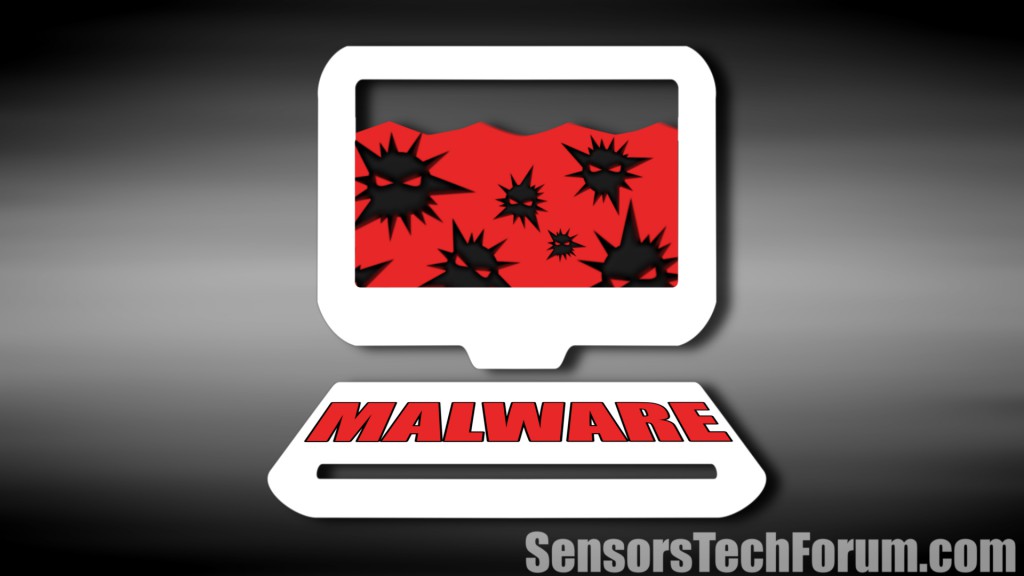
 1. For Windows 7,XP and Vista.
1. For Windows 7,XP and Vista.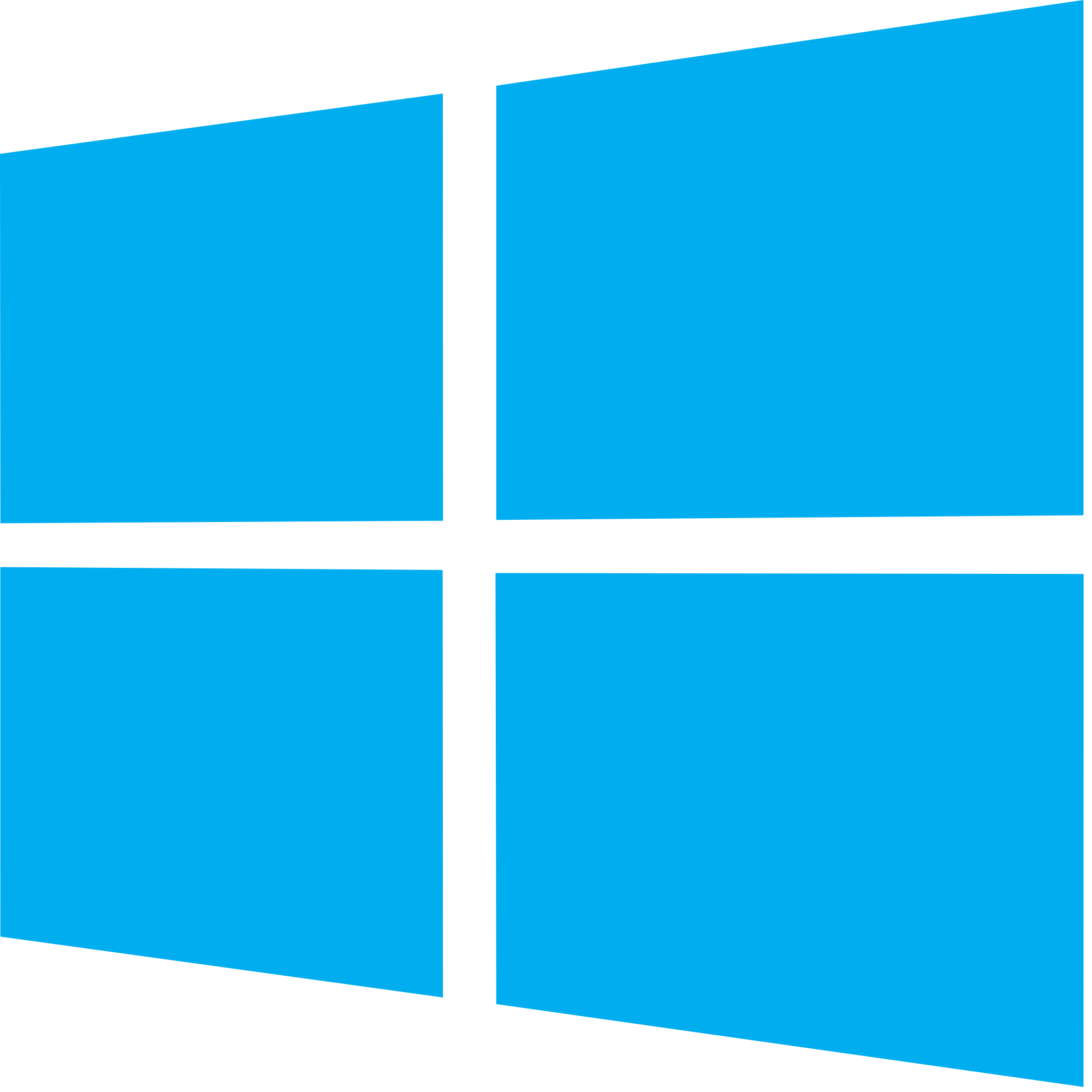 2. For Windows 8, 8.1 and 10.
2. For Windows 8, 8.1 and 10.
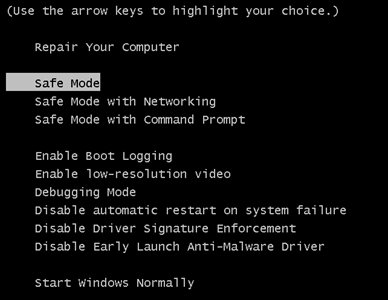
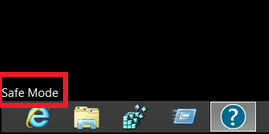
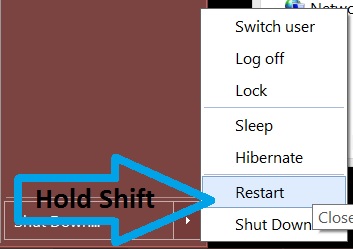
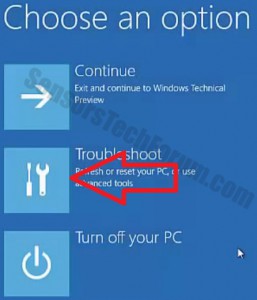
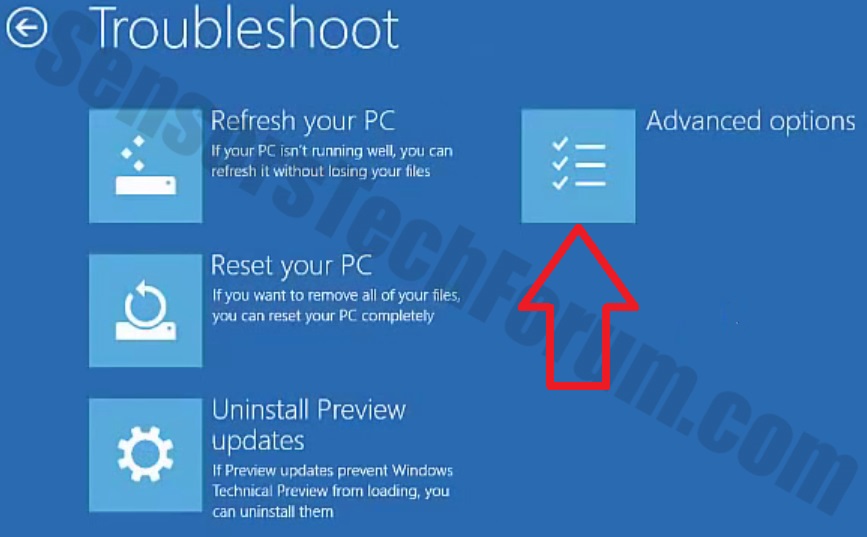
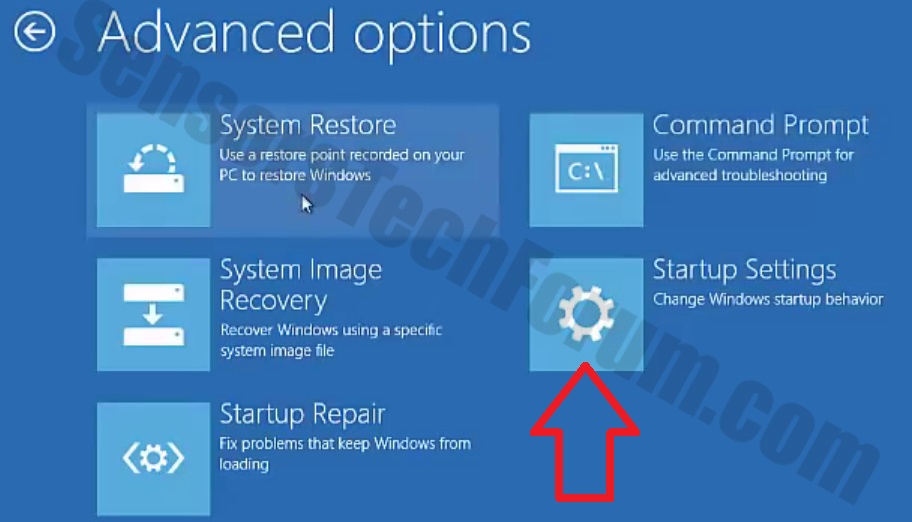
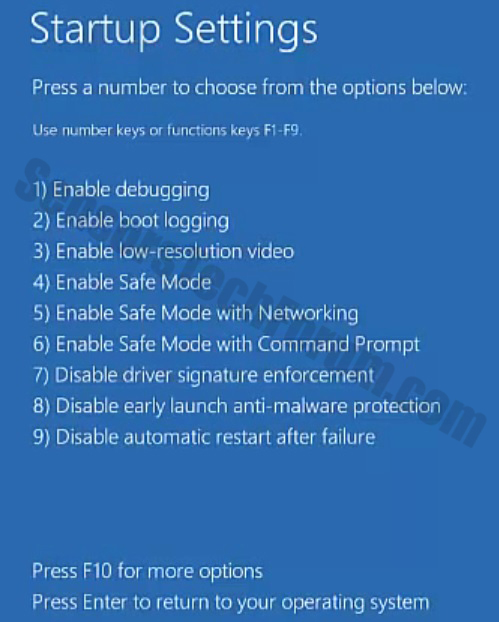
 1. Install SpyHunter to scan for and remove Infostealer.Predet.
1. Install SpyHunter to scan for and remove Infostealer.Predet.

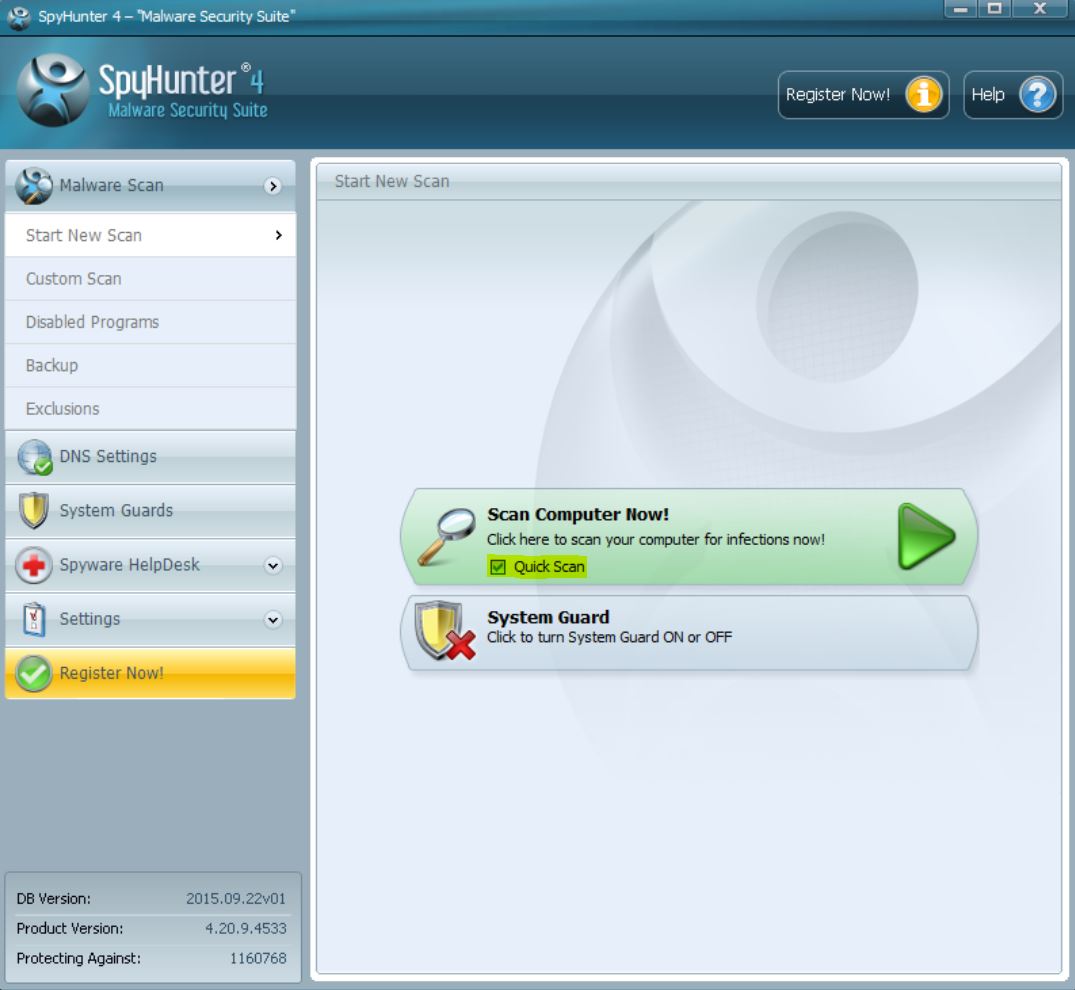
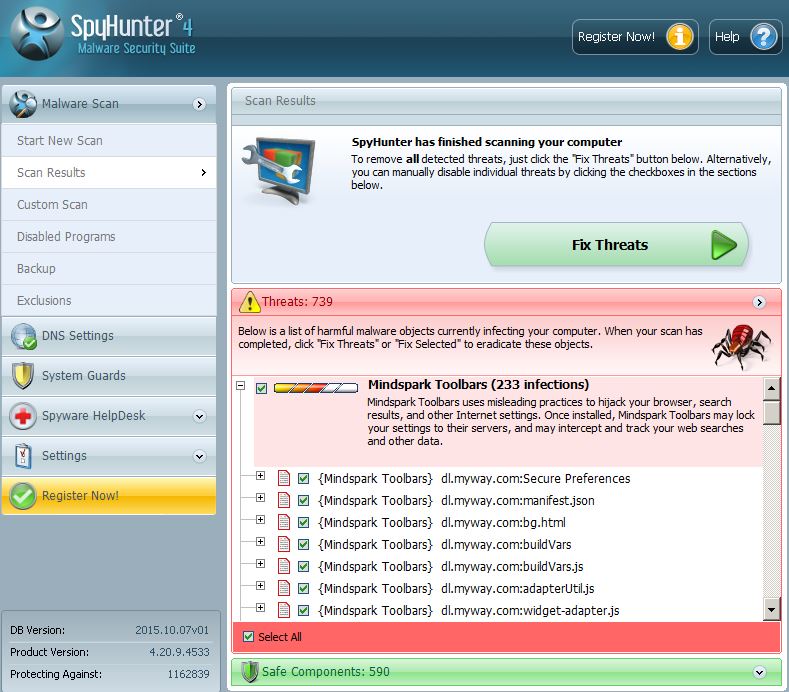
 1. Install Malwarebytes Anti-Malware to scan for and remove Infostealer.Predet.
1. Install Malwarebytes Anti-Malware to scan for and remove Infostealer.Predet.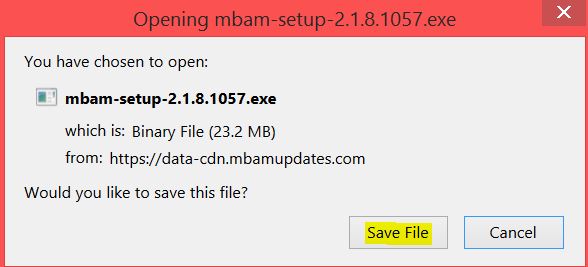

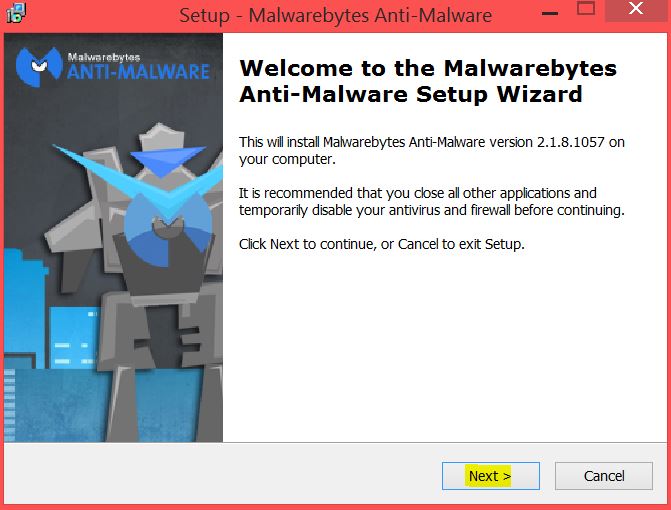
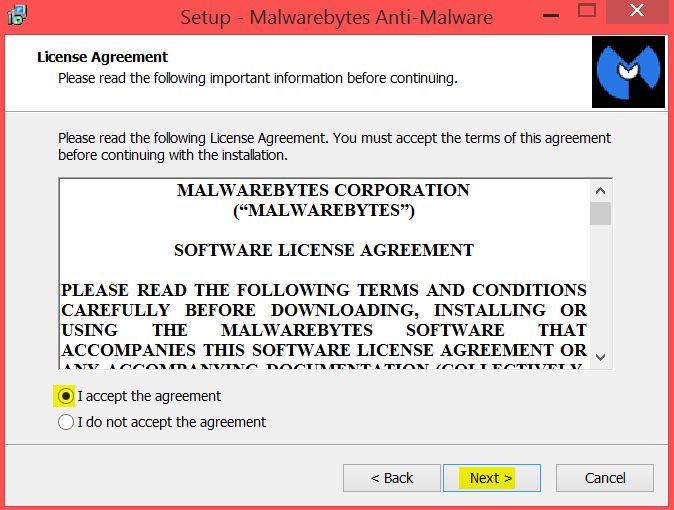
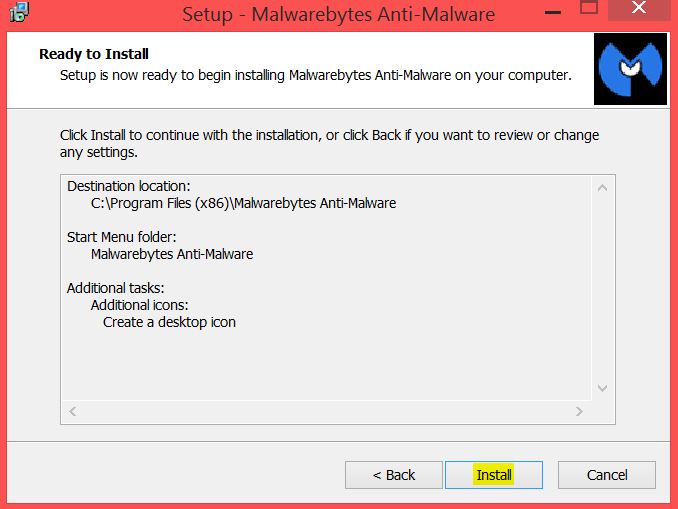
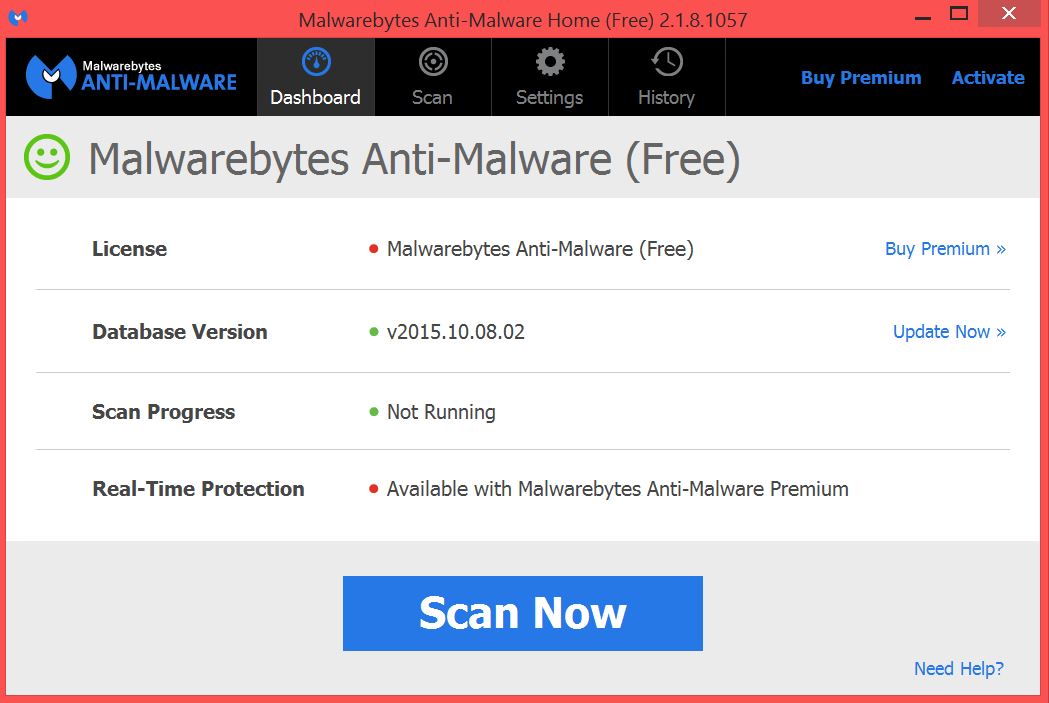
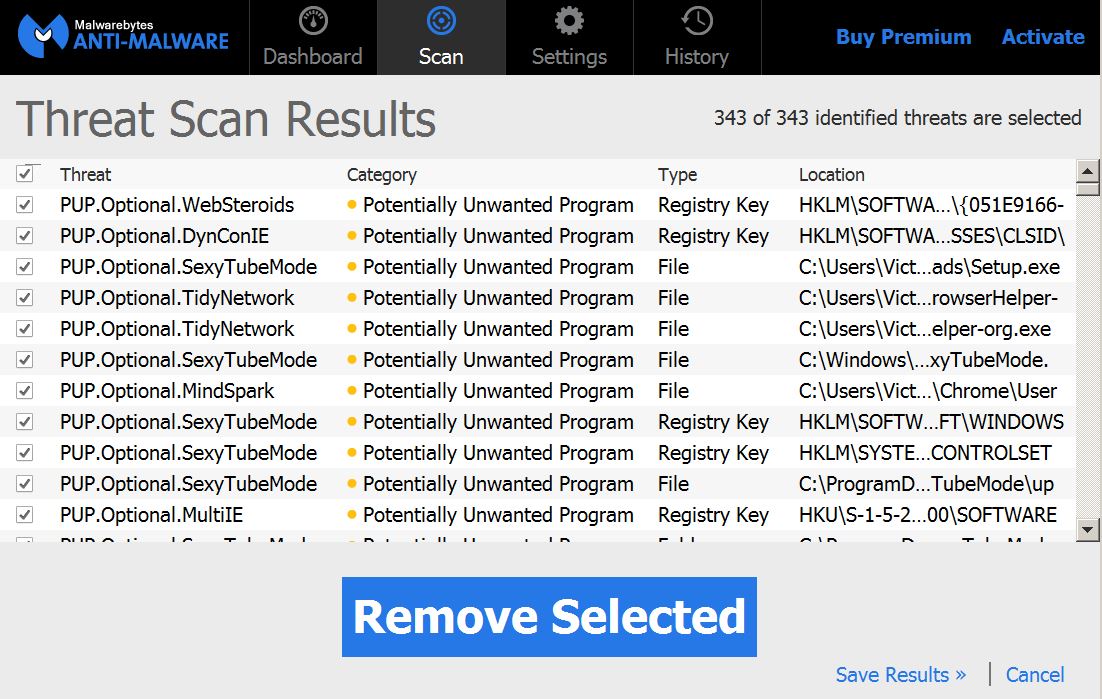
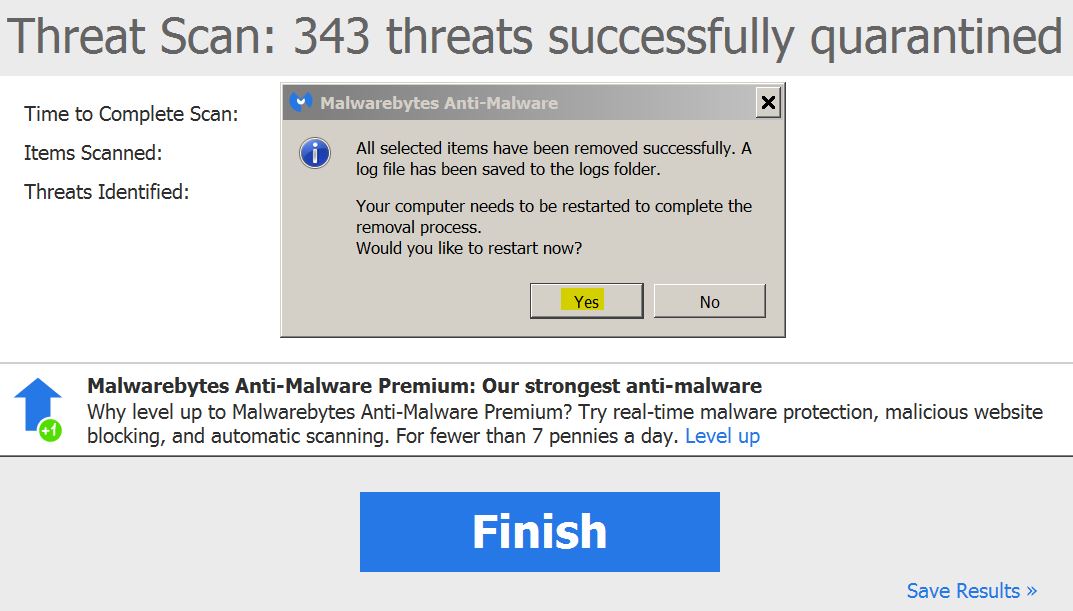
 1. Install STOPZilla Anti Malware to scan for and remove Infostealer.Predet.
1. Install STOPZilla Anti Malware to scan for and remove Infostealer.Predet.